By Juan Pablo Laso
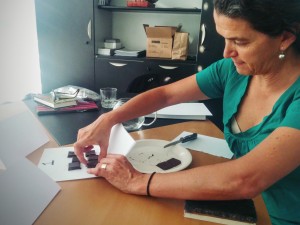 If only work could always be so sweet…
If only work could always be so sweet…
Our co-founder, Marta Echavarria, traveled to Peru and brought back samples of some of the finest chocolate available. The country is undergoing very significant growth in its chocolate industry and carefully crafted confections are on the rise.
In order to learn more about what Peru has to offer and educate our palates, we conducted a blind tasting. We invited chocolate expert Lourdes Paez (founder of Academia del Chocolate and previously profiled in our blog) to guide us in exploring the delicate intricacies of chocolate.
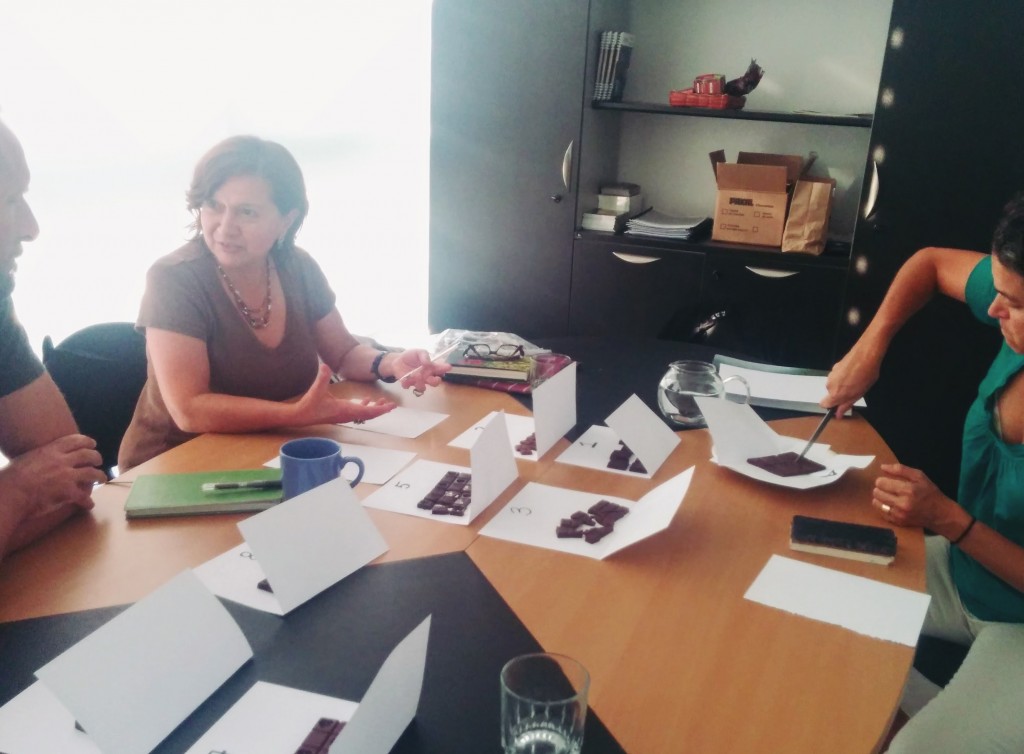
We tasted a total of eight different chocolates, all having between 70% and 73% cocoa content, including samples from Cacaosuyo, Melate, Nativos, Amazona and (for comparison) Pacari, from Ecuador. There is an art to tasting, as Ms. Paez explained.
First of all, pay attention to the way the chocolate looks. Although the cocoa content of every bar we tasted was nearly the same, there were striking differences in the tonalities of brown. Higher cocoa content will make for a darker chocolate, but other elements in its composition and different aspects of its confection will affect the visual outcome. Is it glossy? Is it caramel colored? Is it uniform? Is it too dark? What you see may provide hints as to the fat and sugar content, the quality of the manufacturing process, and whether the cocoa might have been burnt.
Next, break a piece of the chocolate and notice its brittleness. Did the bar snap making a satisfying sound? You may be able to gather something about the chocolate’s dryness by this. Now, immerse yourself in the aroma — what do you get? Flavor is the interplay of taste and aroma. With more than 600 volatile compounds contributing to its aroma, chocolate can provide a powerful and complex olfactory experience. Some bars may have very little intensity, but others will provide you with quite a nose. You can begin to tell where the cocoa in the chocolate you’re about to eat is from, where it has been and how much care was put into its transformation. Much will depend on whether enough heat was applied to the cocoa for it to release its bouquet, or if it was excessive and the fragile volatile compounds were burned off.
Once you place a small piece in your mouth, let it sit on your tongue. Don´t chew it. As the chocolate melts, lose yourself in the experience. This is the heart of it. You may experience bitter, acid, fruity, nutty, sugary and even salty flavors. Mind the texture. If you let it, your memory may take you to places from the past, sweet moments and experiences, for our gustative, like our olfactory, memory is of primordial importance and rather indelible. You may recall a lemon pie, a cinnamon bun or a brownie with vanilla ice cream you once had, and good chocolate can create a complex experience that will both be unique and reminiscent of exotic possibilities. When you taste chocolate, you taste terroir. You also fully reveal the chocolatier’s craft and a trained palate like Ms Paez’s can easily tell to what degree a bar of chocolate has been made with care.
As the chocolate melts away, take note of how long its flavors persist in your mouth. Like in wine or most items of interest to a gourmand, aftertaste is very important. Your mouth’s chemistry will begin to take over, but not before the confection leaves its impression. It is at this moment that one can begin to ponder the overall harmony of the experience.
There is no set paradigm for the perfect chocolate; success lies in its ability to transport you, to offer you pleasure in rich and evocative ways.
Now, take a sip of water to clear your throat and start all over again.
Melate Chocolate
Peruvian chocolatier
Amazona Chocolate
Peruvian chocolatier
[clear]
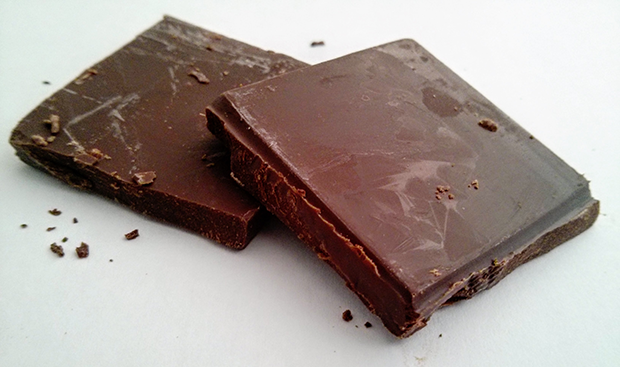
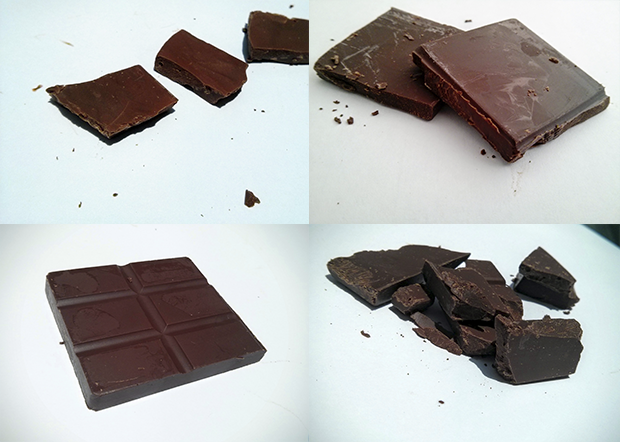
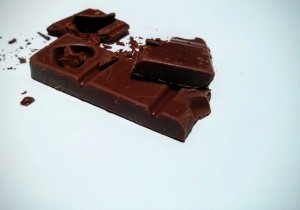
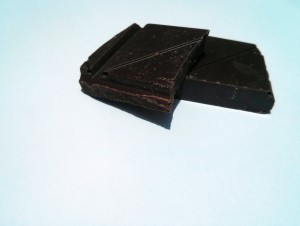
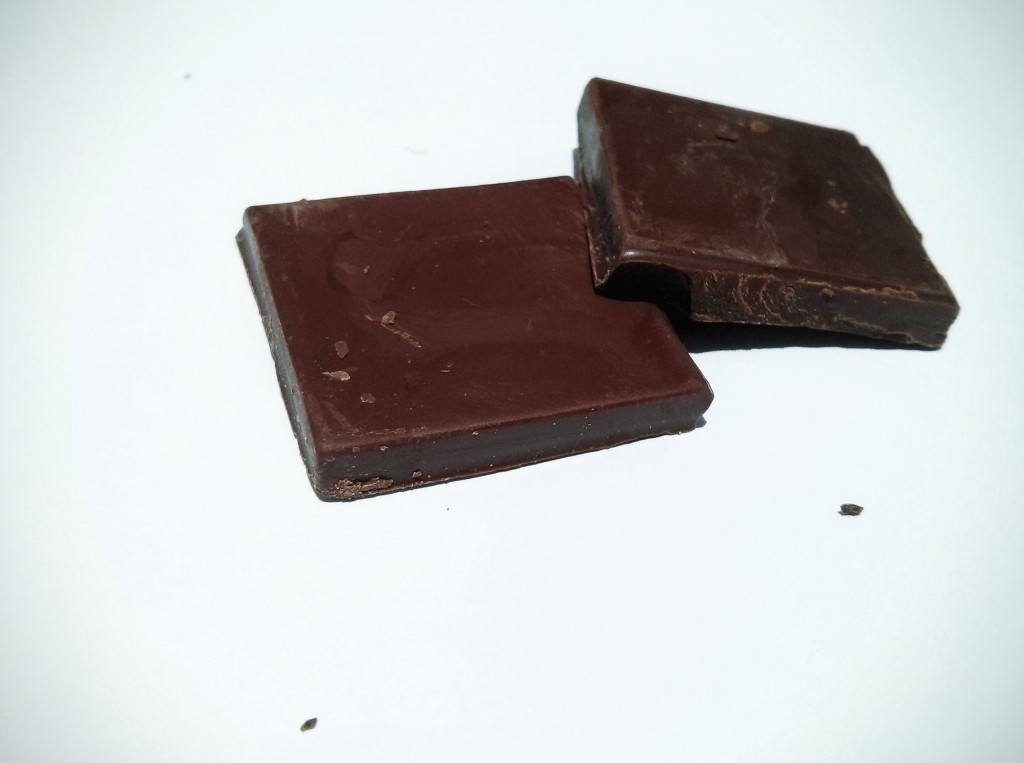


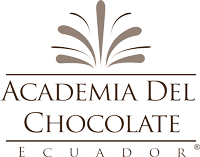


One thought on “A Chocolate Tasting at Canopy Bridge”